Bacteria
Bacteria can appear as rods or cocci. Cocci may form pairs or chains. May be difficult to distinguish from amorphous crystals, especially as the crystals may exhibit Brownian motion that can mimic the movement of bacteria. However, bacteria is more uniform in appearance.
Can be a contaminant, especially if accompanied by large amounts of squamous epithelial cells. Usually indicative of urinary tract infections, especially when white blood cells are also present.
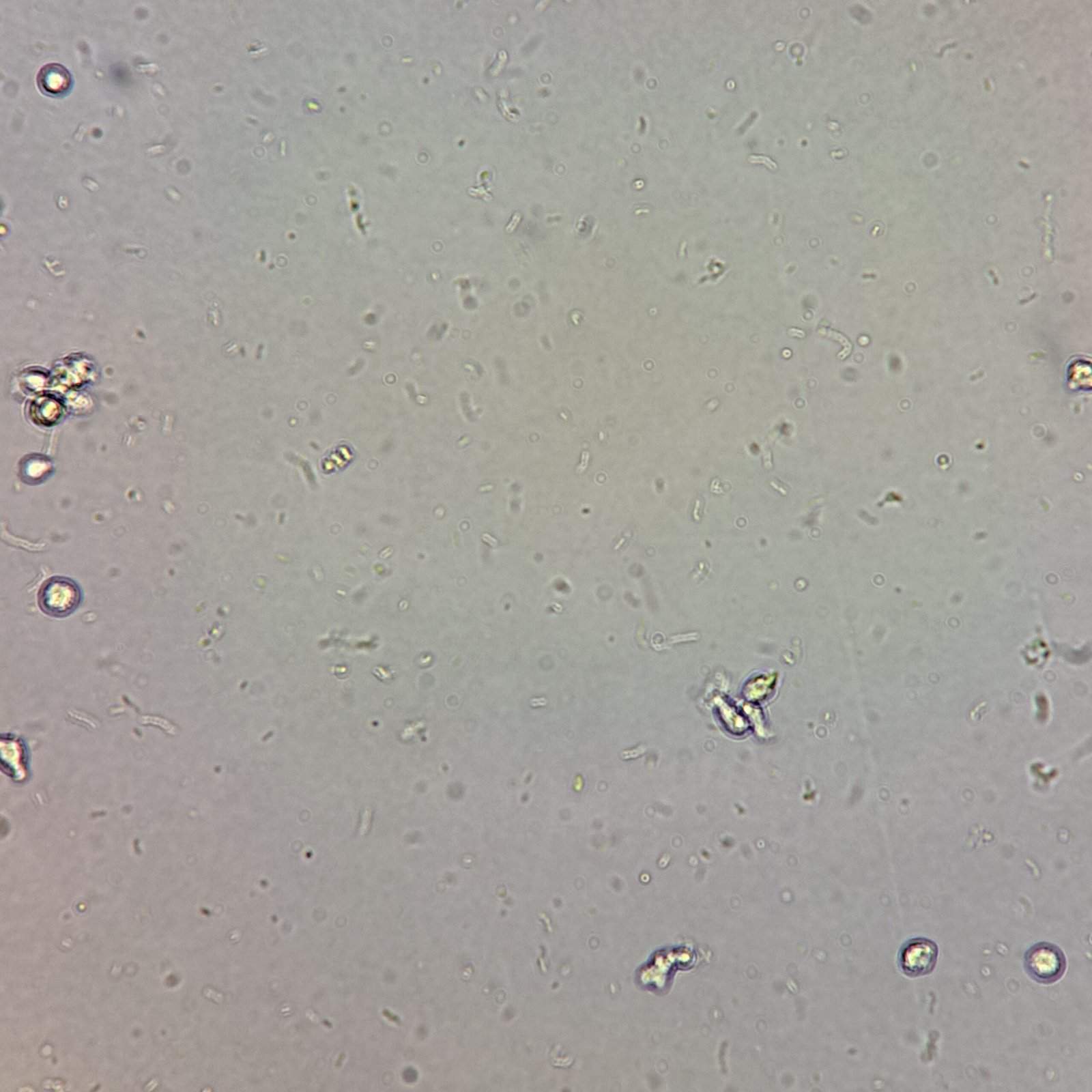
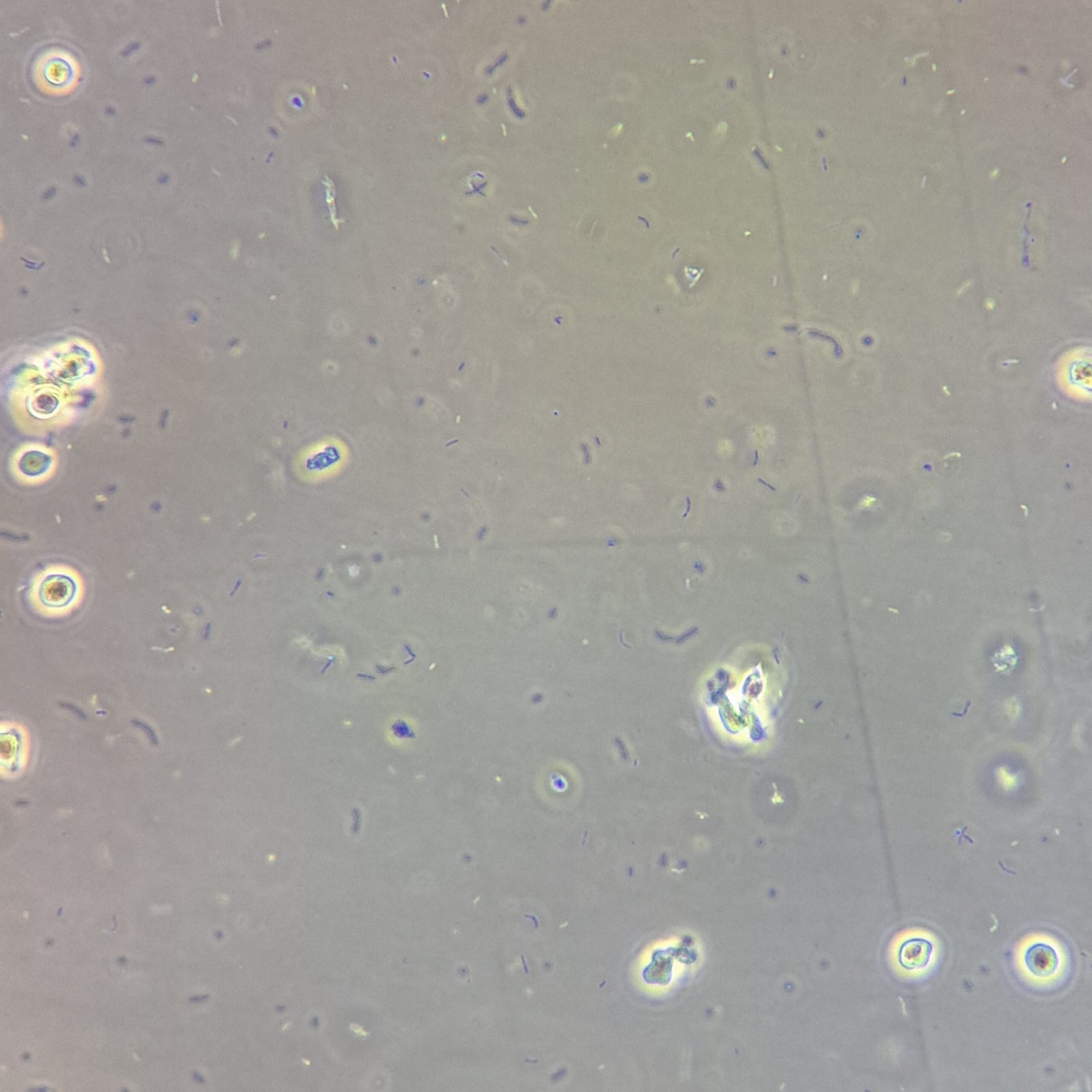
More Images
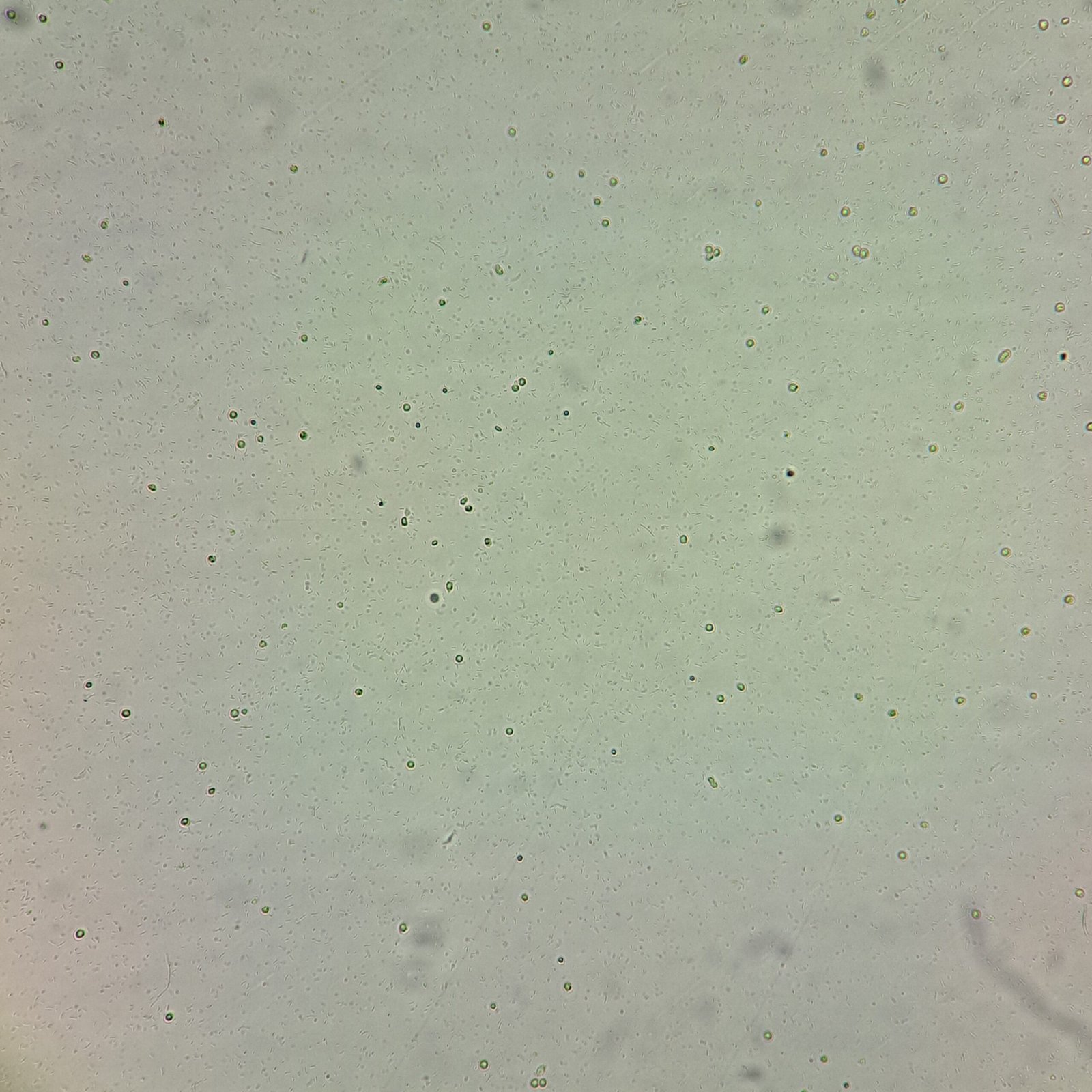
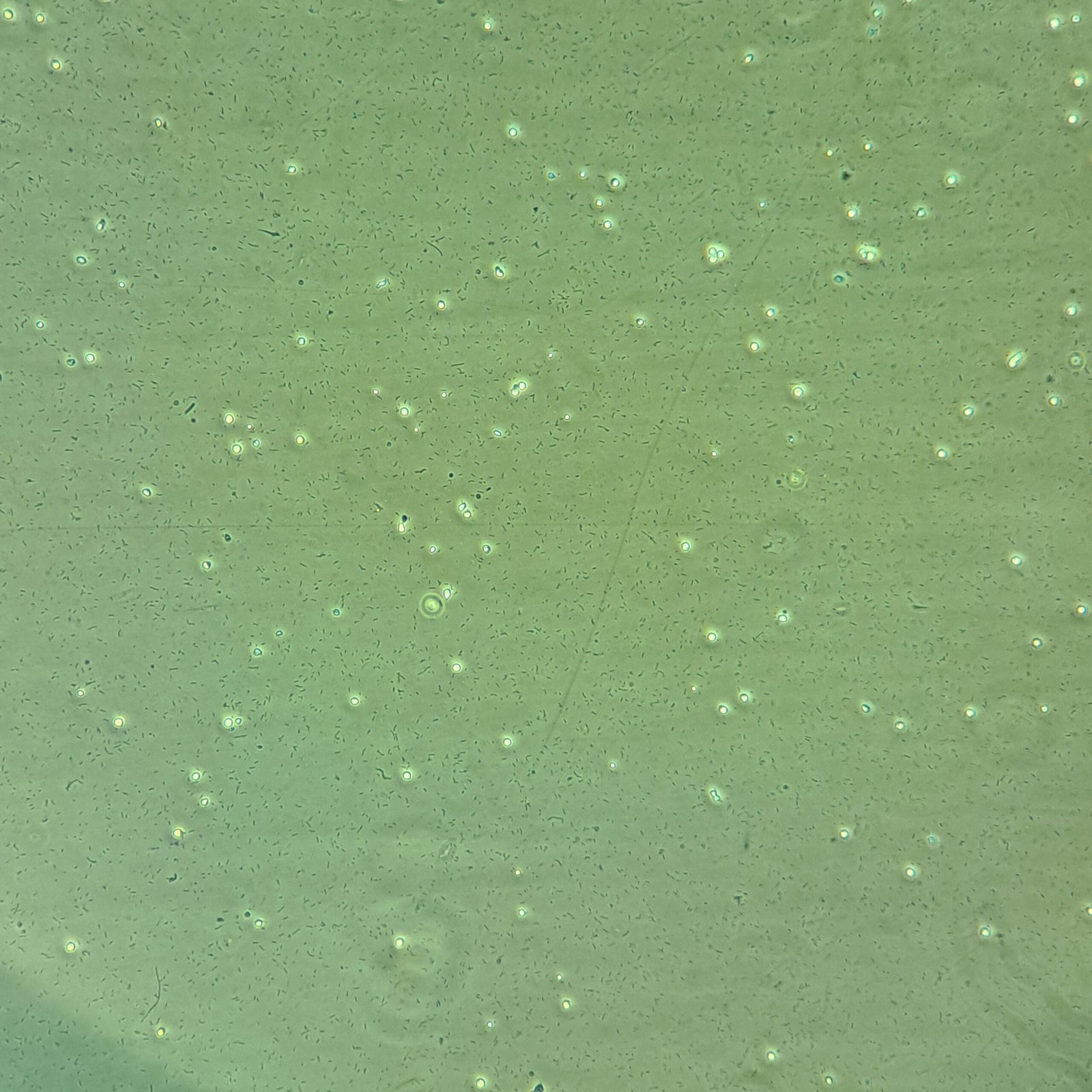
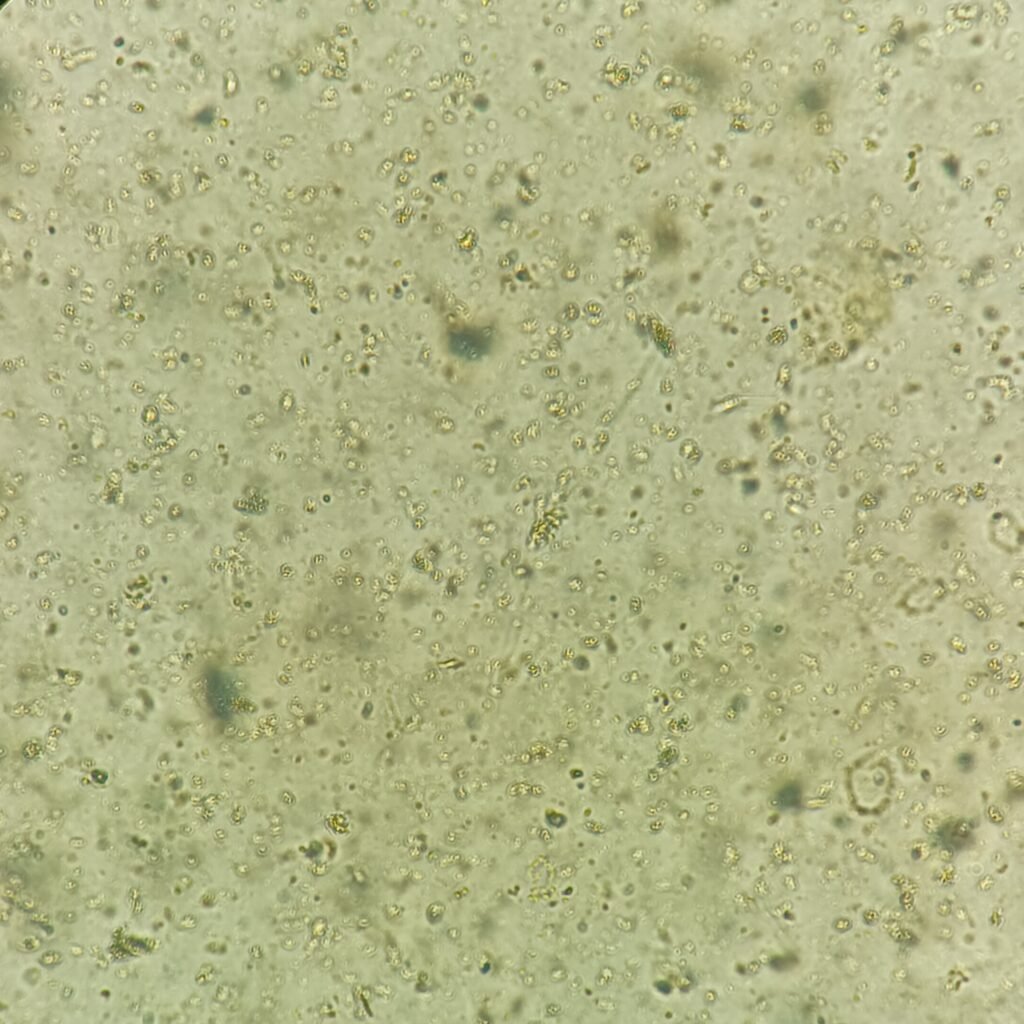
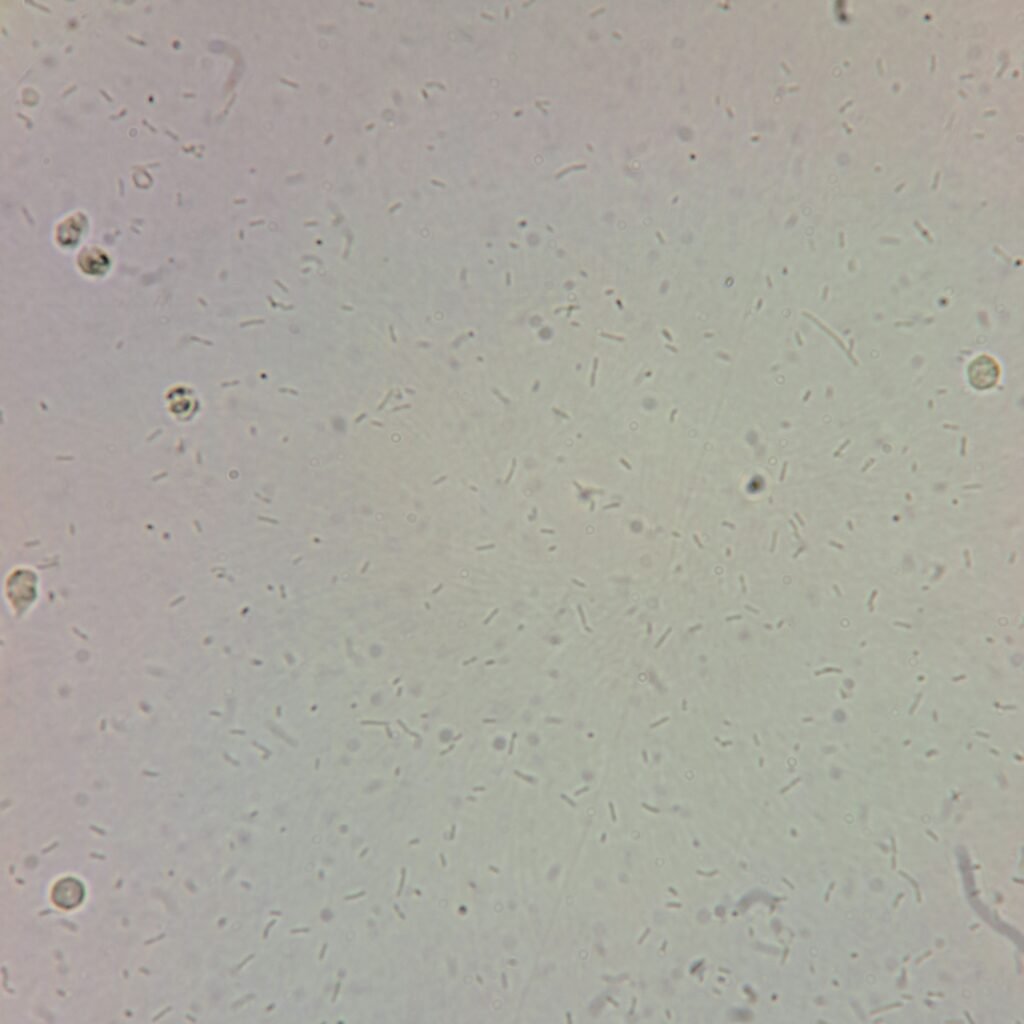
Yeast
Yeast cells are highly refractile and usually appear as small ovoids which may have buds. This form can be mistaken for dysmorphic RBCs if not careful. Candida may form branching pseudohyphae and is the most common fungus found in urine.
Yeast may be a contaminant. Pseudohyphae is more indicative of serious infection. Yeast may cause urinary tract infections in patients who are susceptible, such as those with indwelling catheters, patients with diabetes mellitus, and those who are immunocompromised.

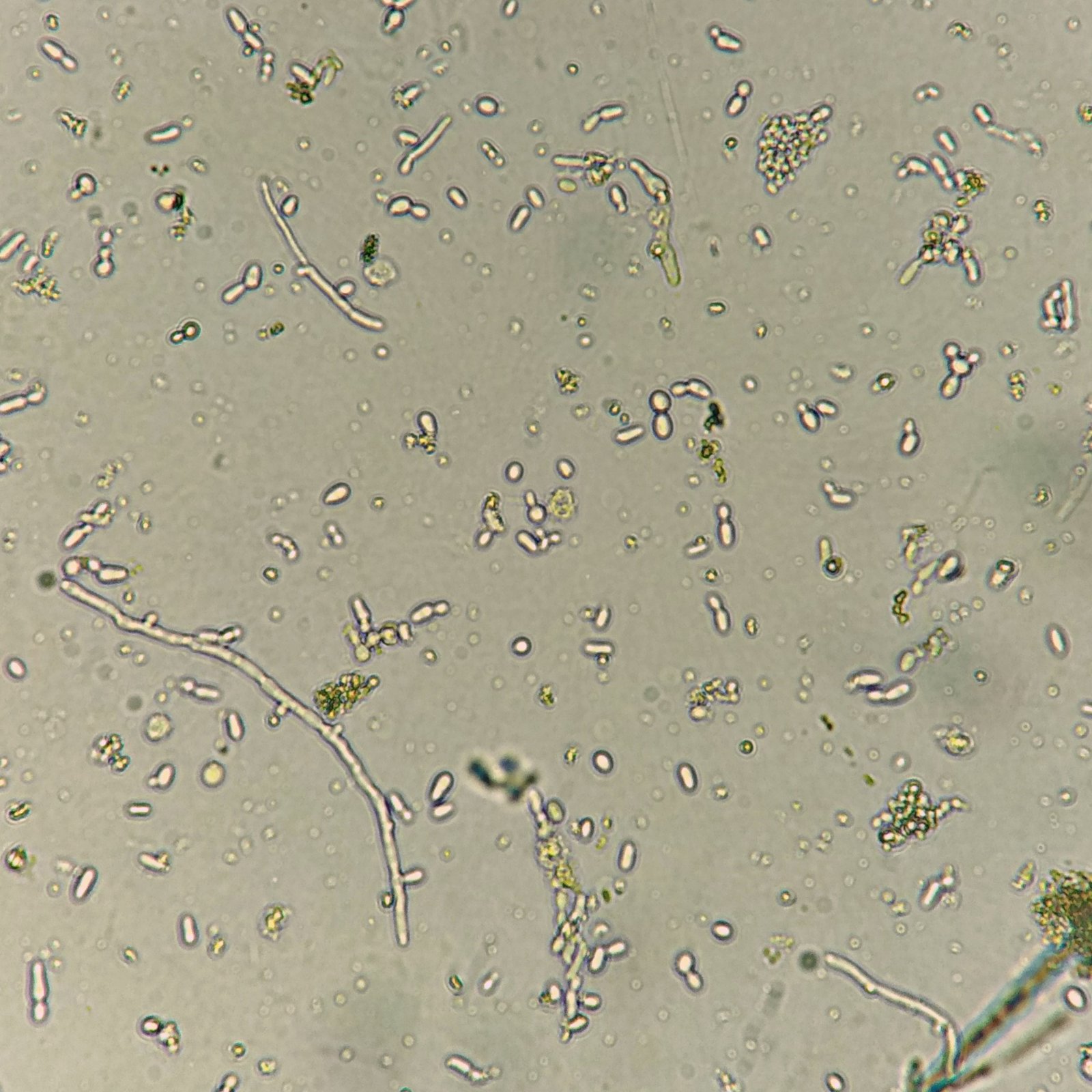
More Images
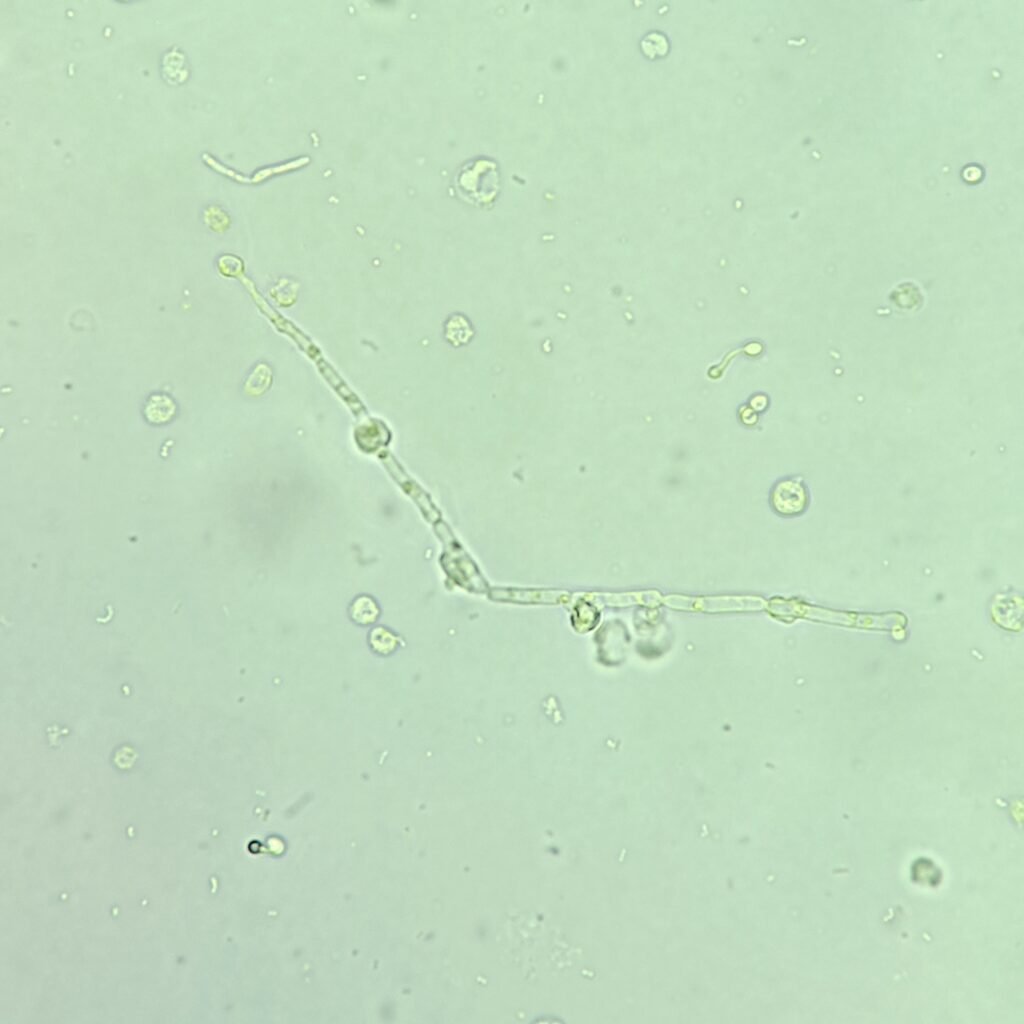
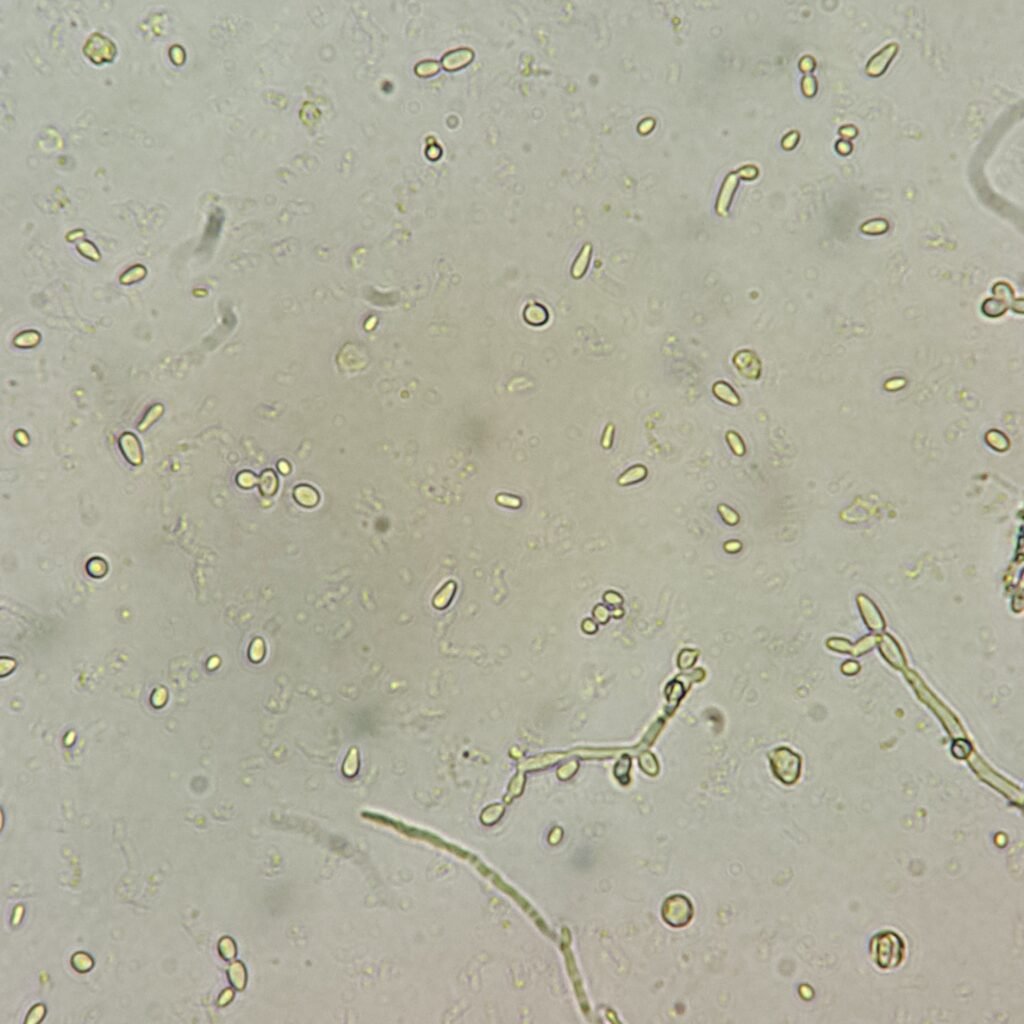


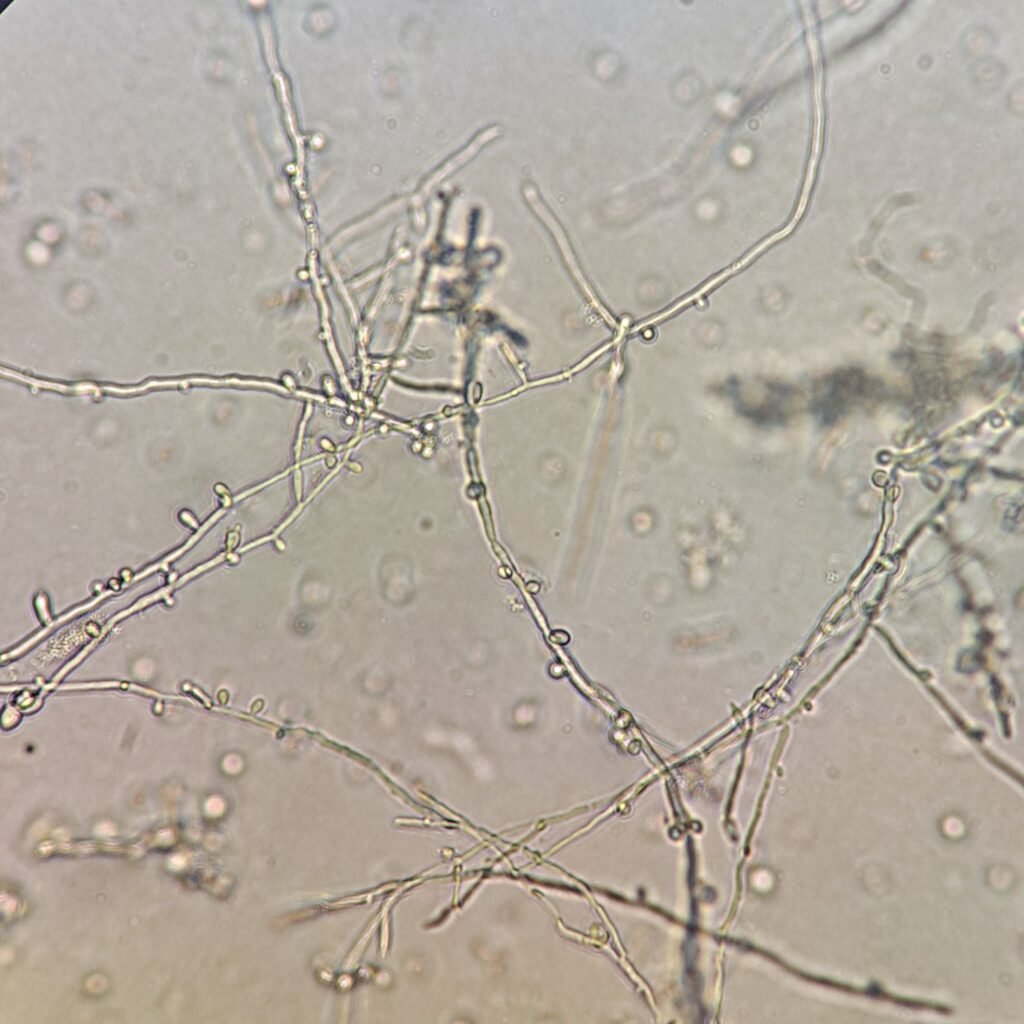
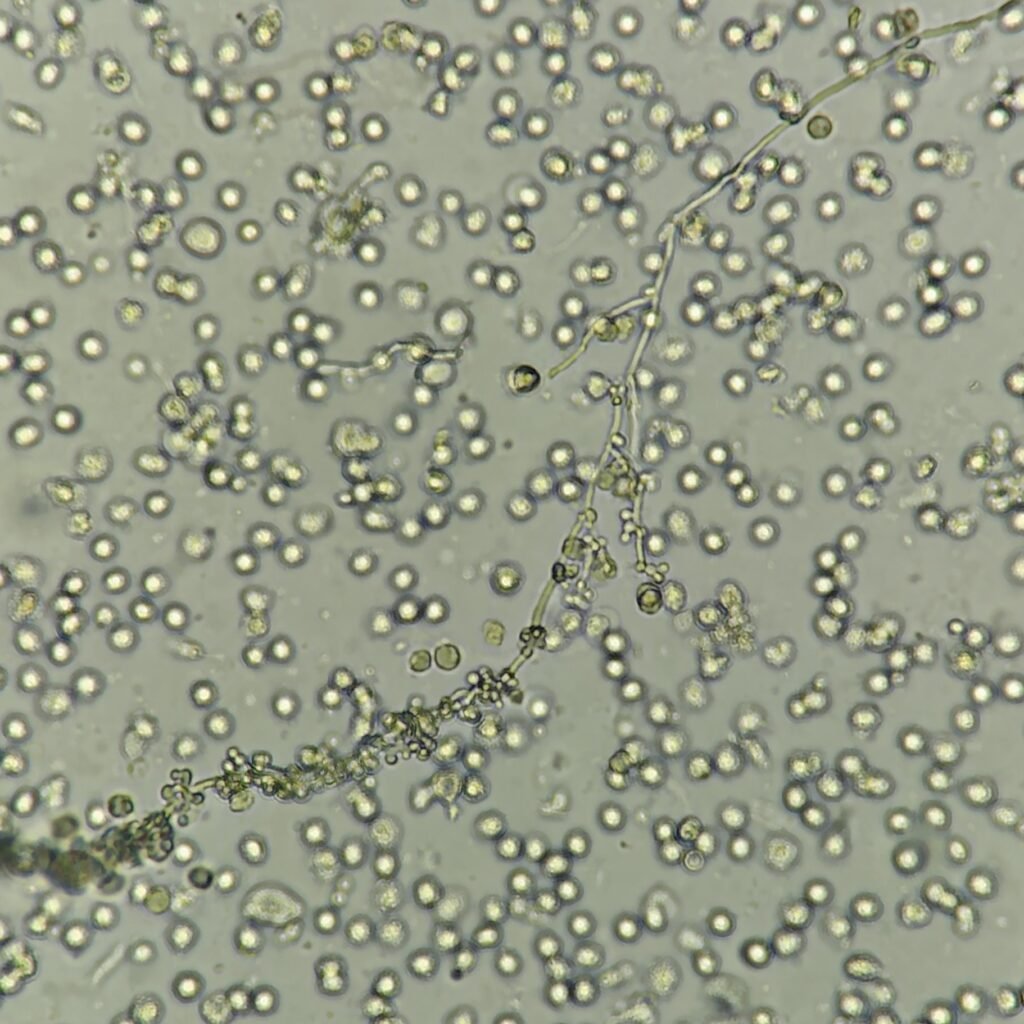
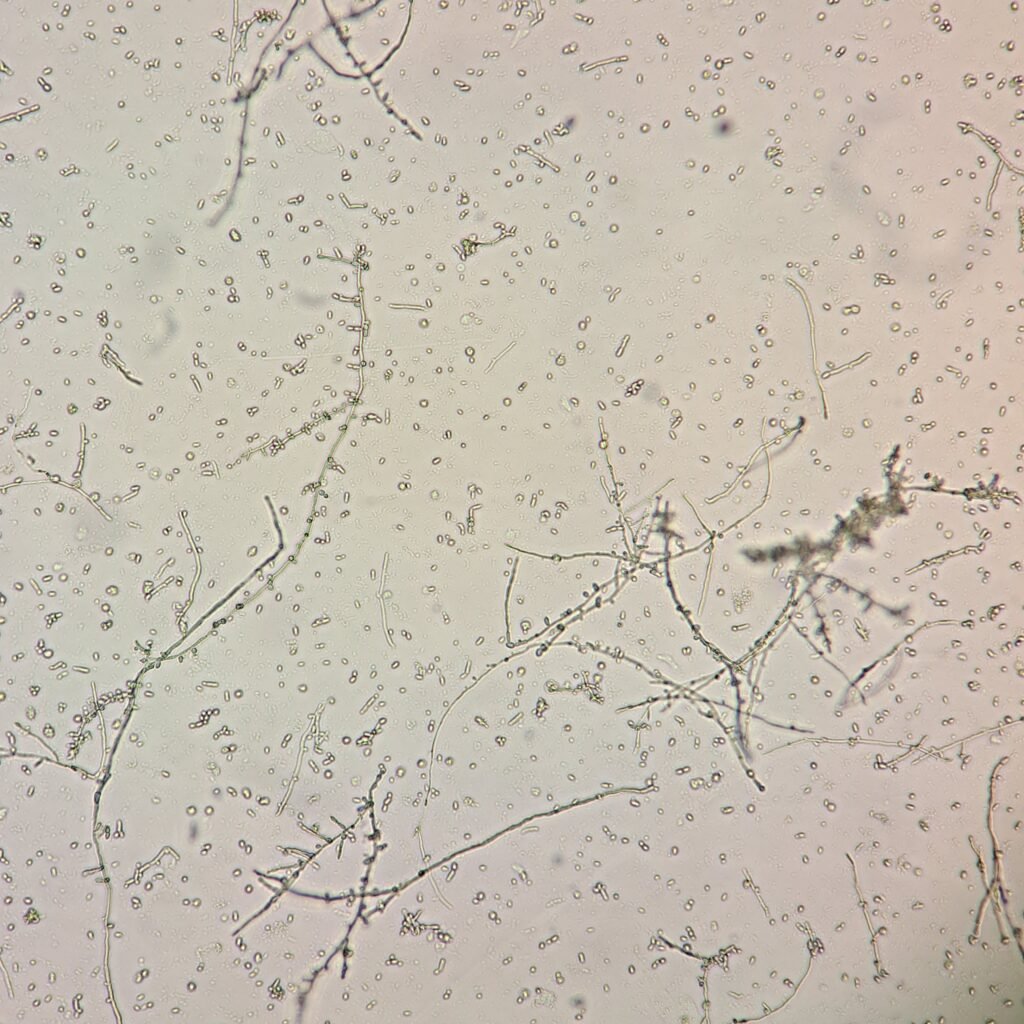
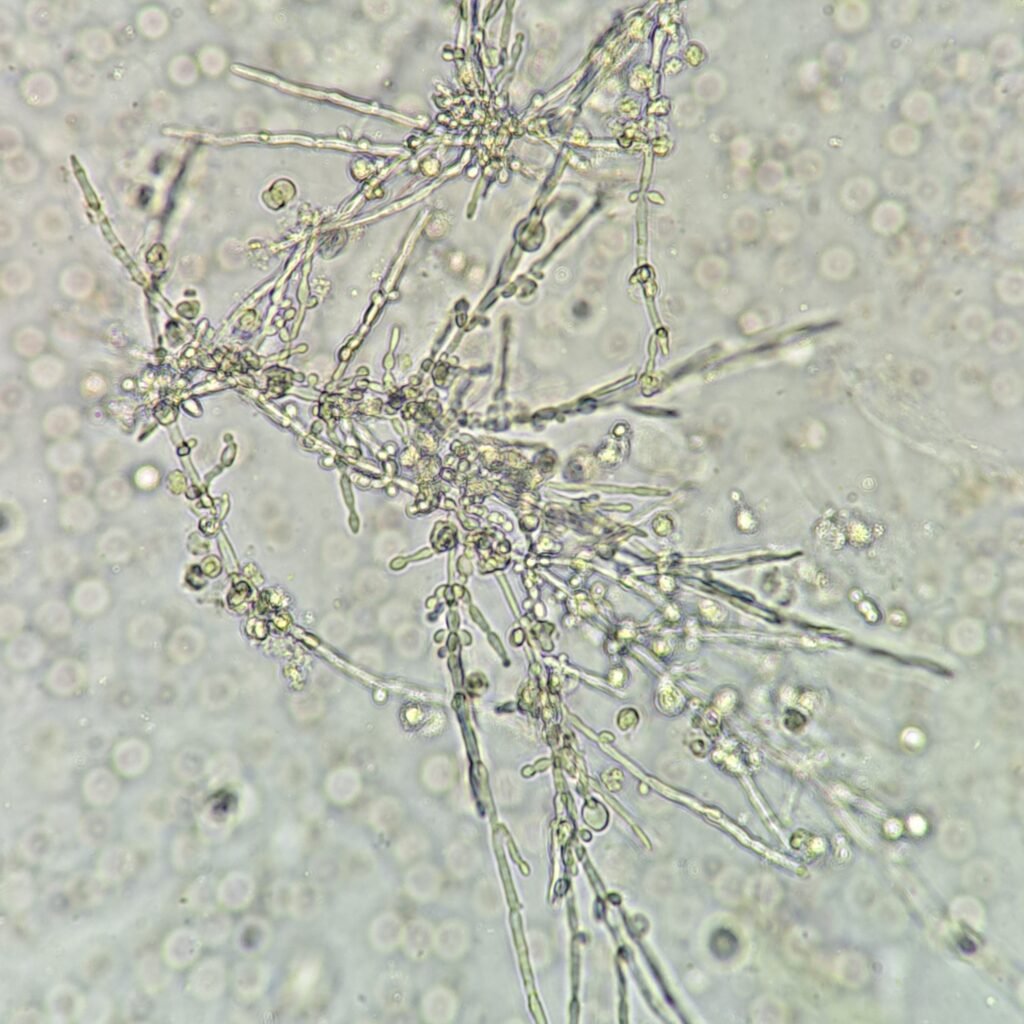
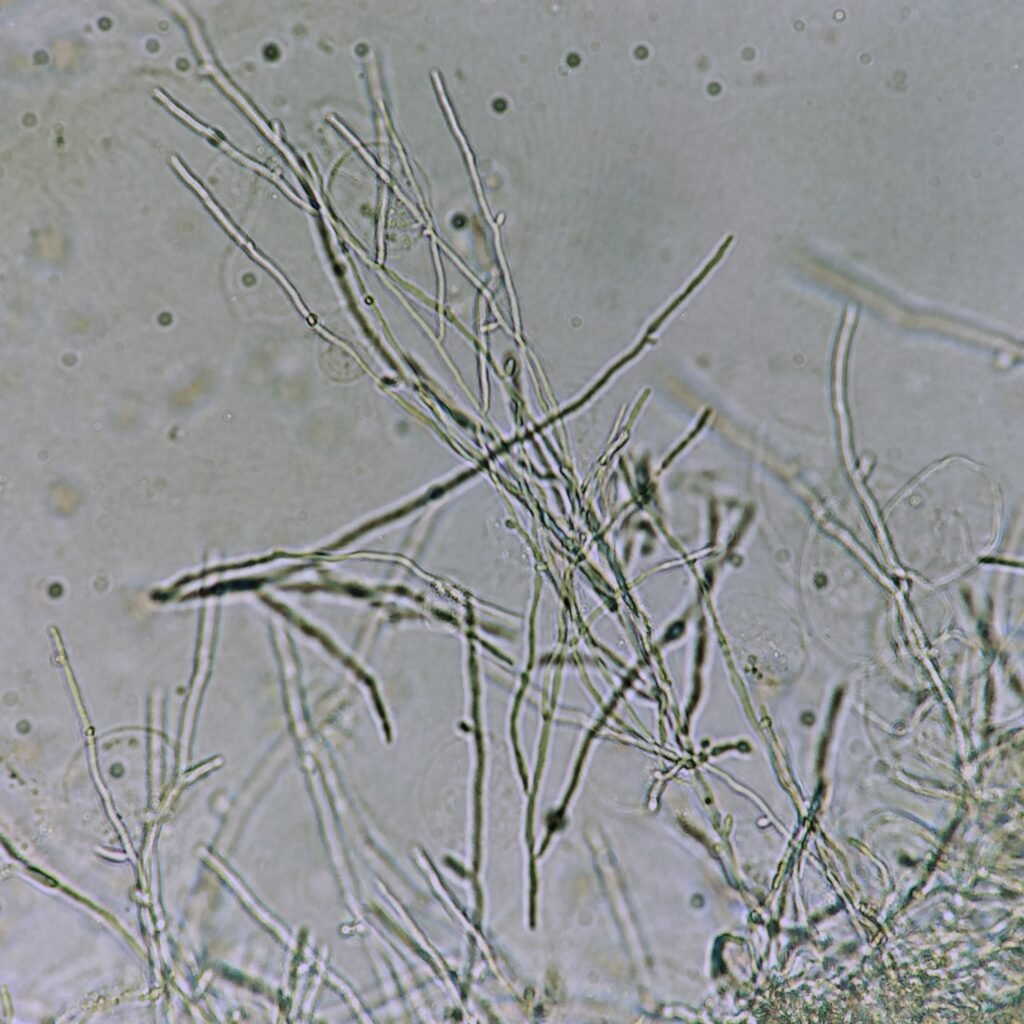
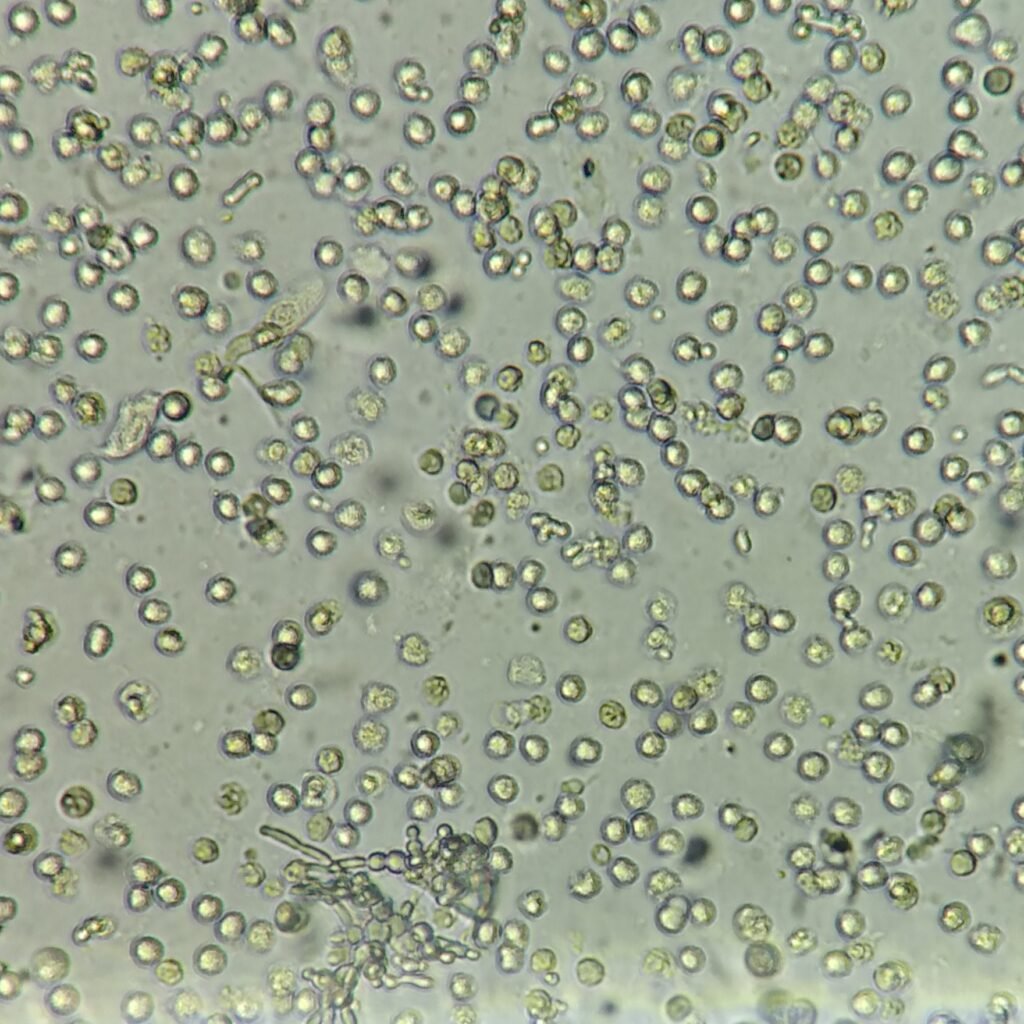
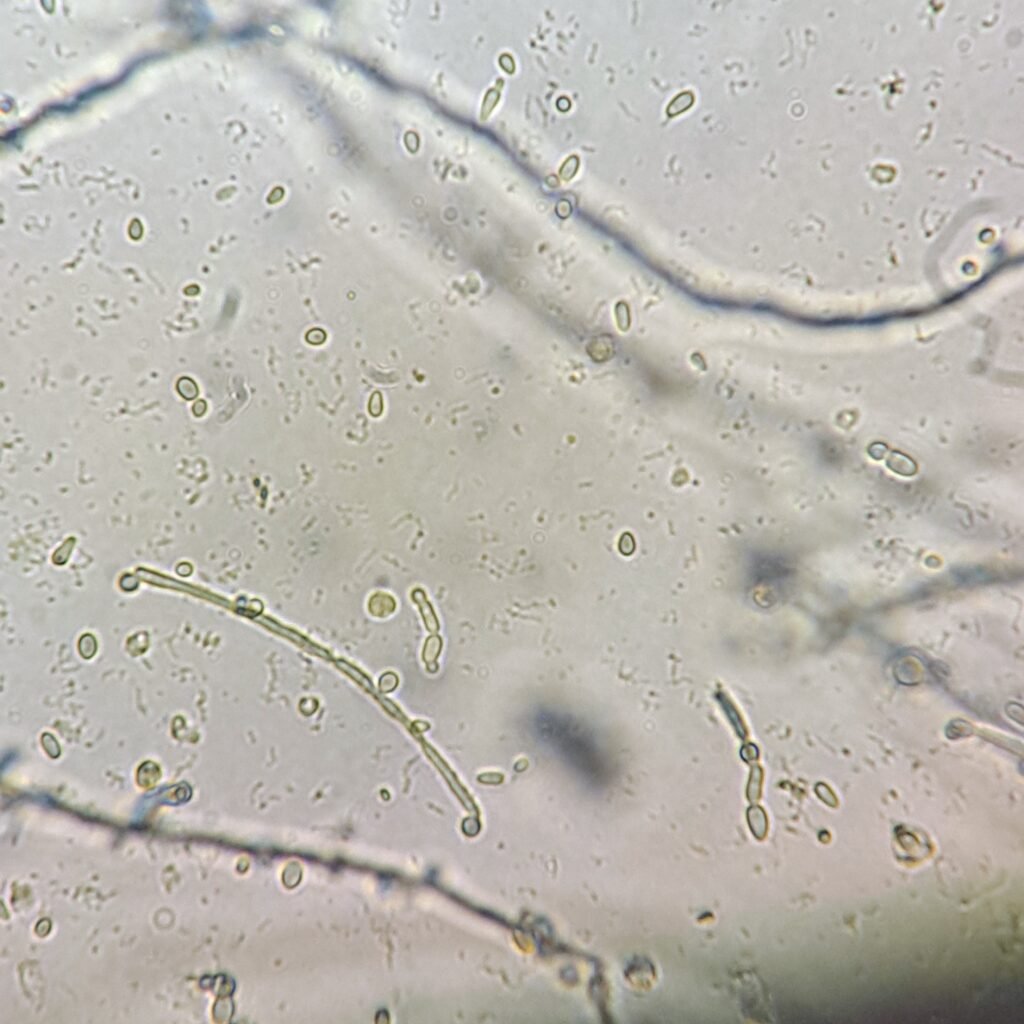
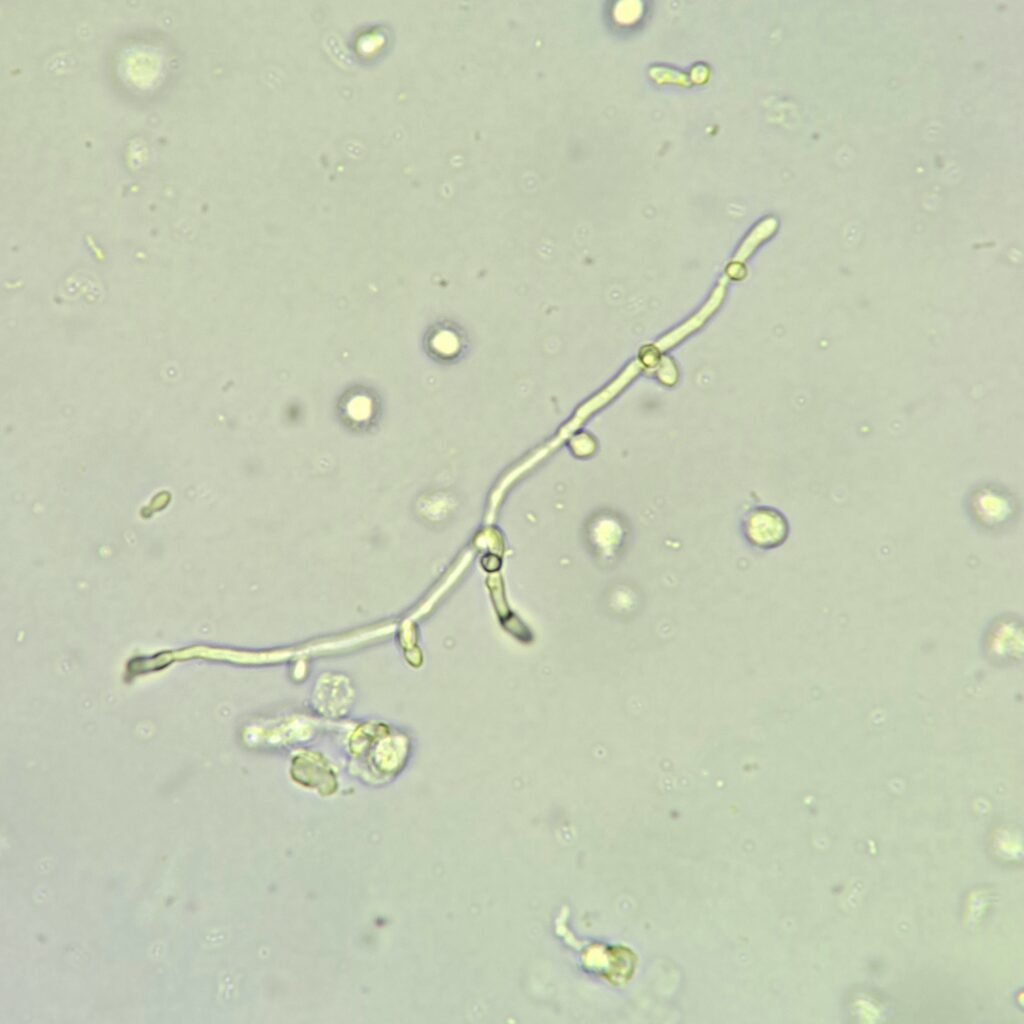
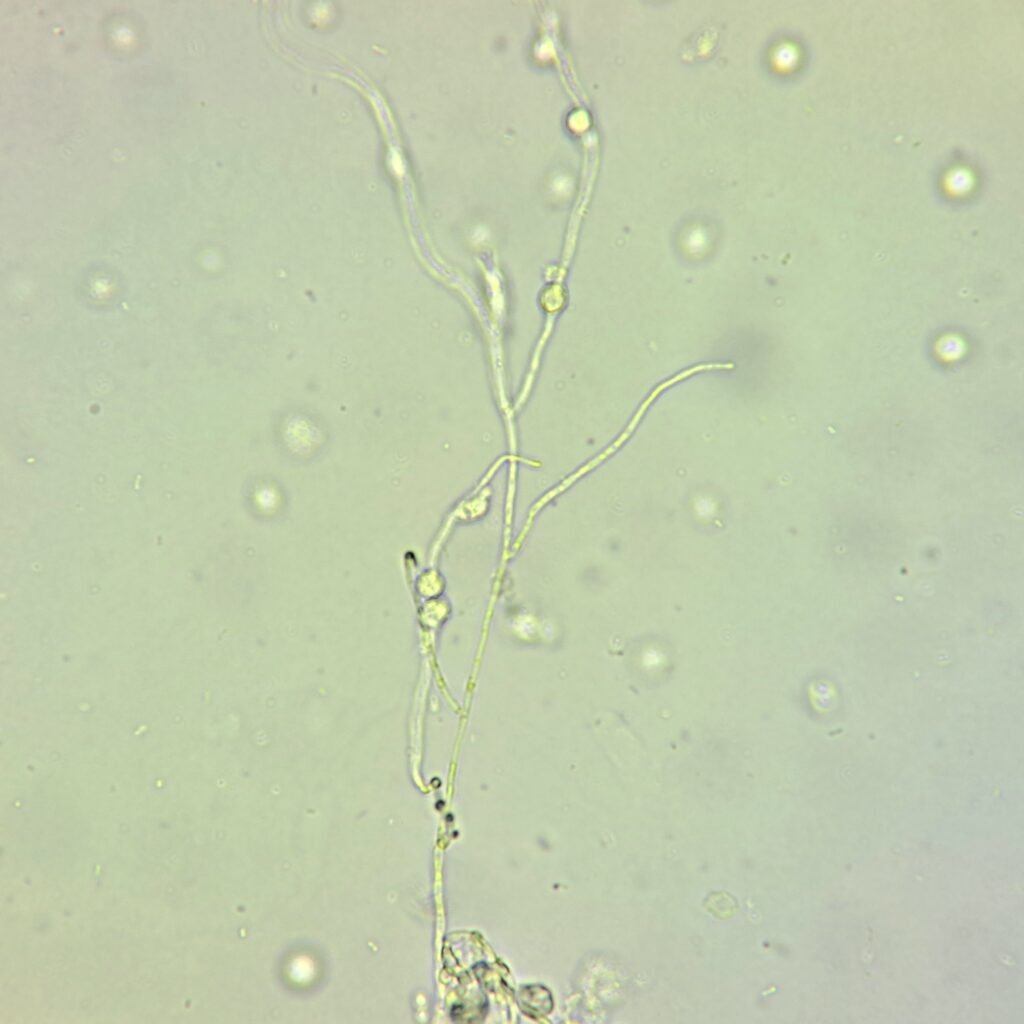
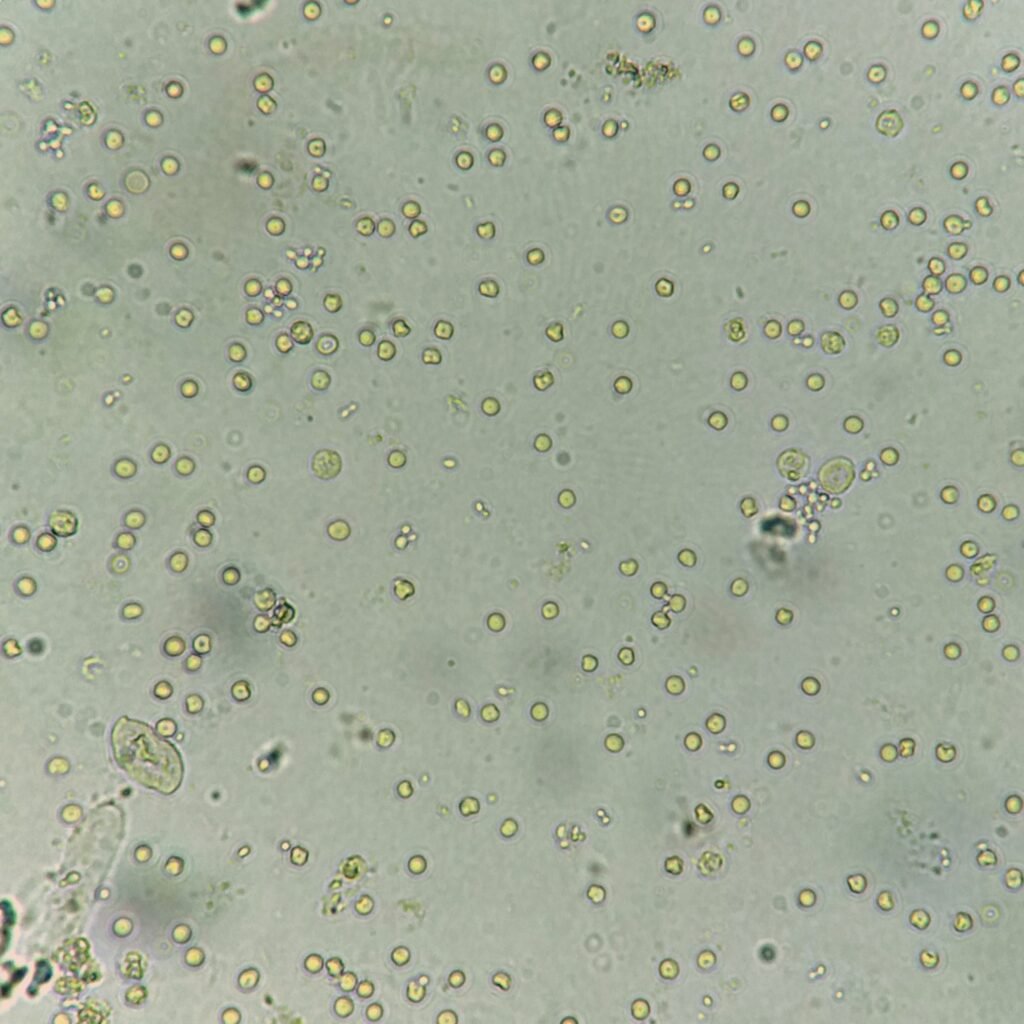
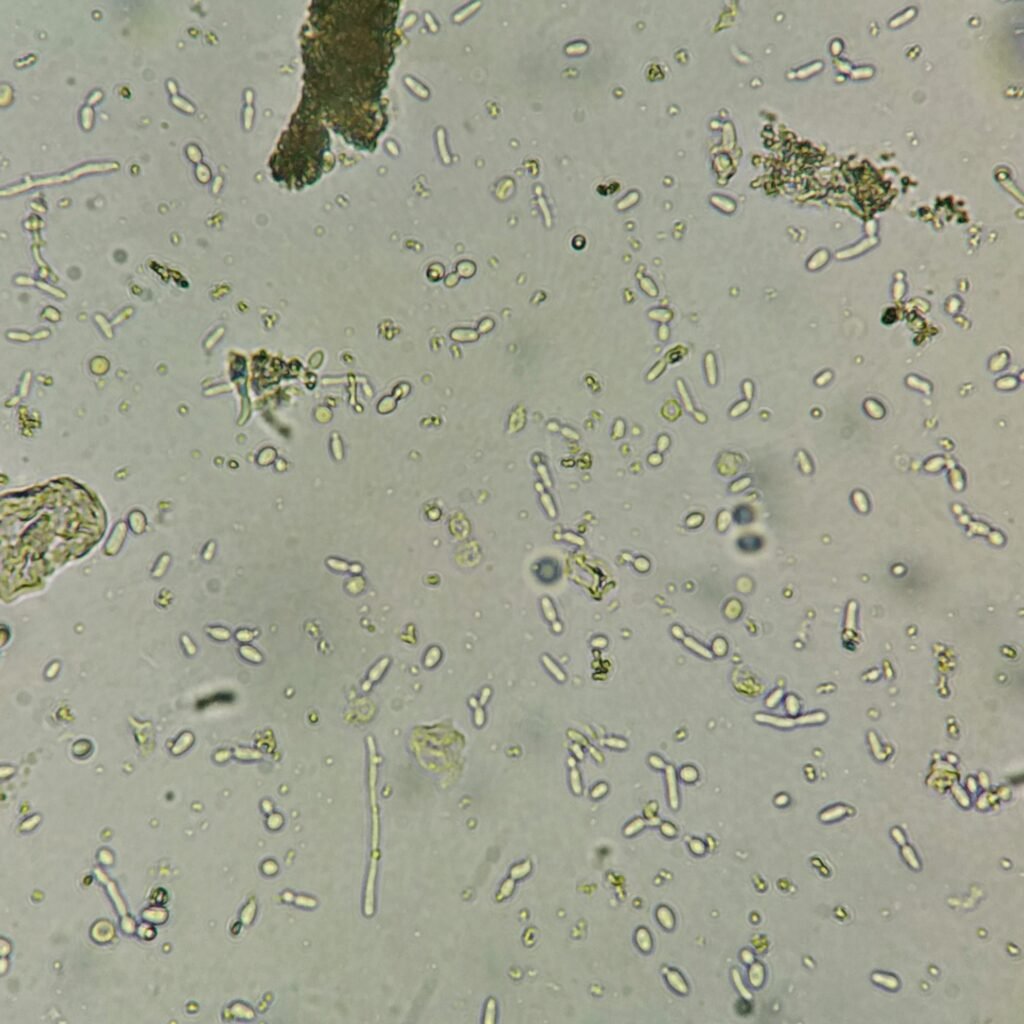
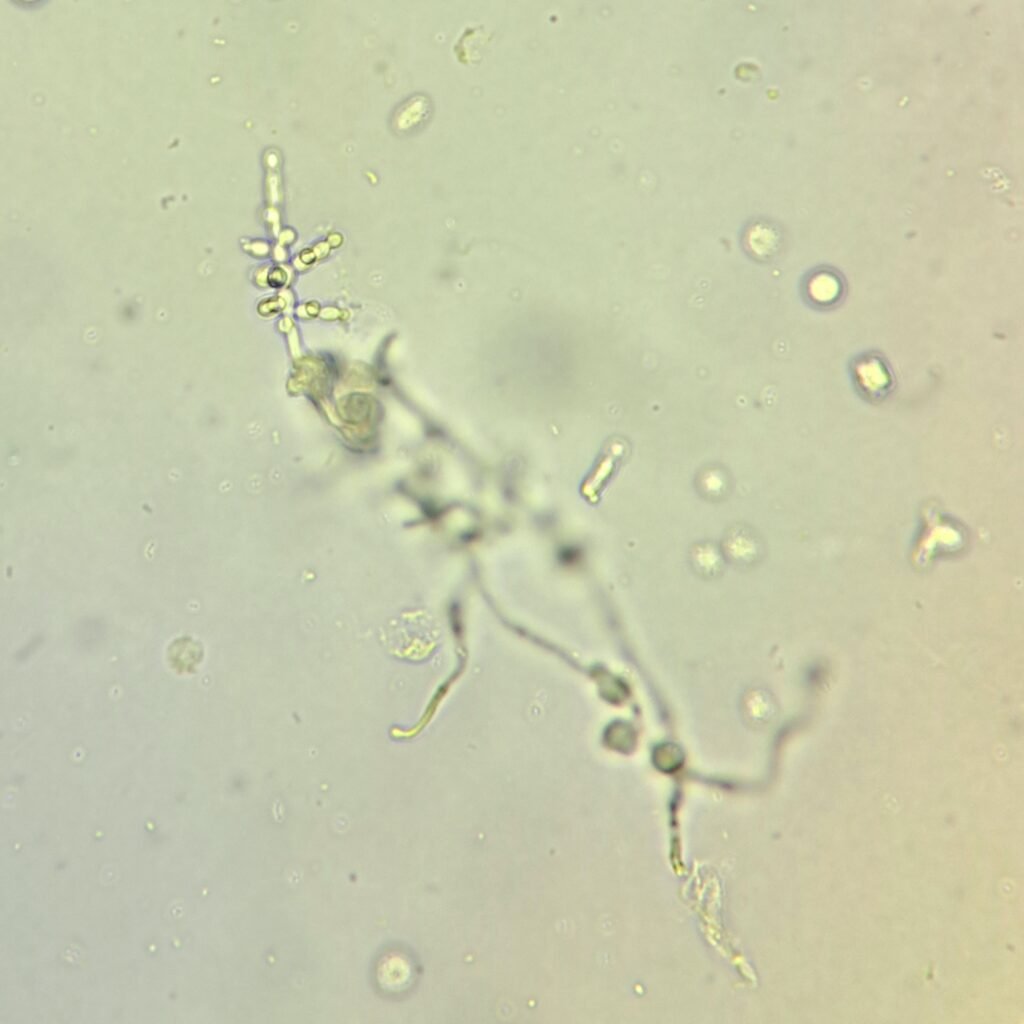

Trichomonas
Trichomonas can look like a WBC when non-motile which is why motility is usually necessary to positively identify by microscopy. The parasite has four flagella. Since the organism does not live for long after leaving the body, detection by urine microscopy is not very sensitive.
